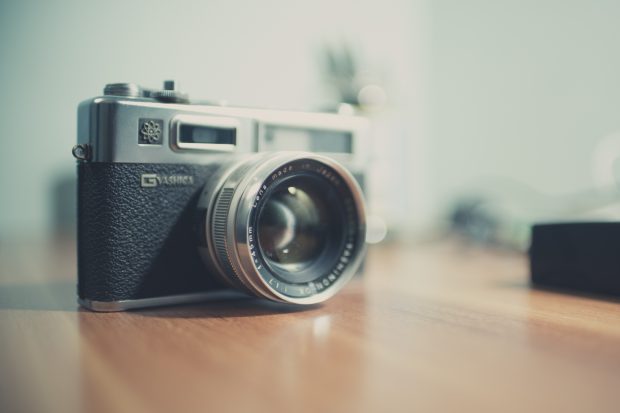Getting to know the camera
It is no secret that the most popular cameras on the market are not professional or even advanced models, but entry-level cameras. They diverge in the maximum circulations. Therefore, manufacturers every year delight users with updated models of simple and affordable cameras. Another new product is the Nikon D3400 - the representative of the most affordable “three thousandth” series of SLRs from Nikon. These cameras are popular with beginners and photographers looking for a budget SLR camera. Today, the line of amateur cameras with a matrix of the DX format is presented in three series:
"Three thousandth" series - the most simple and affordable devices. The current model is Nikon D3400, the hero of our review.
"Five thousandth" series - devices for enthusiastic fans. The current model is Nikon D5500.
"Seven thousandth" series - devices for advanced amateurs, photo enthusiasts and professionals looking for affordable solutions. The current model is Nikon D7200.
NIKON D3400 / Nikon AF-P DX 18-55mm f / 3.5-5.6G VR NIKKOR Settings: ISO 100, F14, 6 s, 51.0 mm equiv.
The matrix is ??assisted by an EXPEED 4 processor, which has proven itself in the previous model. On the shoulders of the processor lies the conversion, processing and saving of images.
Appearance is traditional for younger models from Nikon. Compared to its predecessor, little has changed in appearance: the shutter button is now black, not silver.
In addition to the classic black colors, Nikon D3400 is available in red. Unusual and original design for a SLR camera.
On the front side of the Nikon D3400 is a lens mount - a Nikon F mount. As with all previous entry-level cameras, it does not have a “screwdriver” drive to focus old AF Nikkor lenses. However, with all modern lenses that have their own AF-S Nikkor focusing motor, focusing will work. We had a lot of lenses on the test, and they all worked perfectly with the new device (sometimes even better than on more advanced, but older cameras).
The main “whale” lens for the Nikon D3400 is the latest AF-P DX NIKKOR 18-55mm VR. Looking ahead, we note that the lens was struck by the quality of the picture. It is optimized for movie shooting, has a new AF-P focusing drive. When recording a video, focus sounds will not be heard. The device can be purchased complete with other lenses - there are several sets of delivery .
Also on the front panel you can see the AF lamp. This is a very useful thing, which is often not available in devices of other manufacturers. It turns on in low light and significantly speeds up focusing, allowing you to shoot even in complete darkness.
There is an infrared receiver on the handle. It is used to control from the remote control.
On the back of the camera are the main controls, an optical viewfinder and, of course, a screen.
A thumb wheel is conveniently placed under the thumb. It is one in the camera (entry-level cameras are no longer supposed to), it’s easy to use.
The buttons and navigation are large, and their location is logical.
The optical viewfinder has a magnification of x0.85 and covers 95% of the frame area. Acceptable specifications for this class. The viewfinder cannot be called large, but it is not tiny. Use it conveniently


